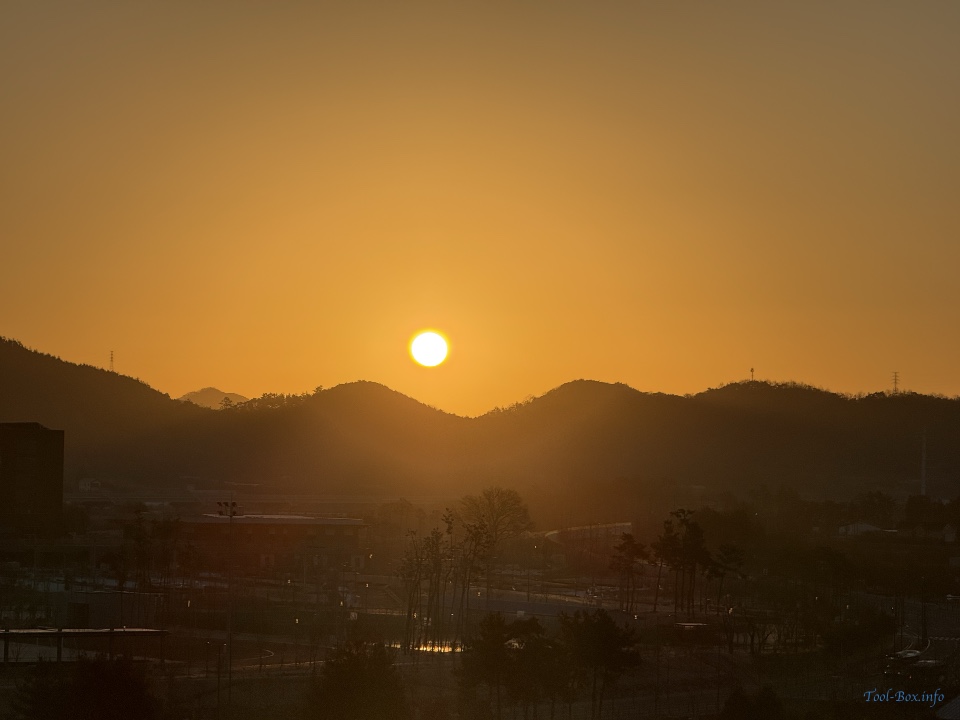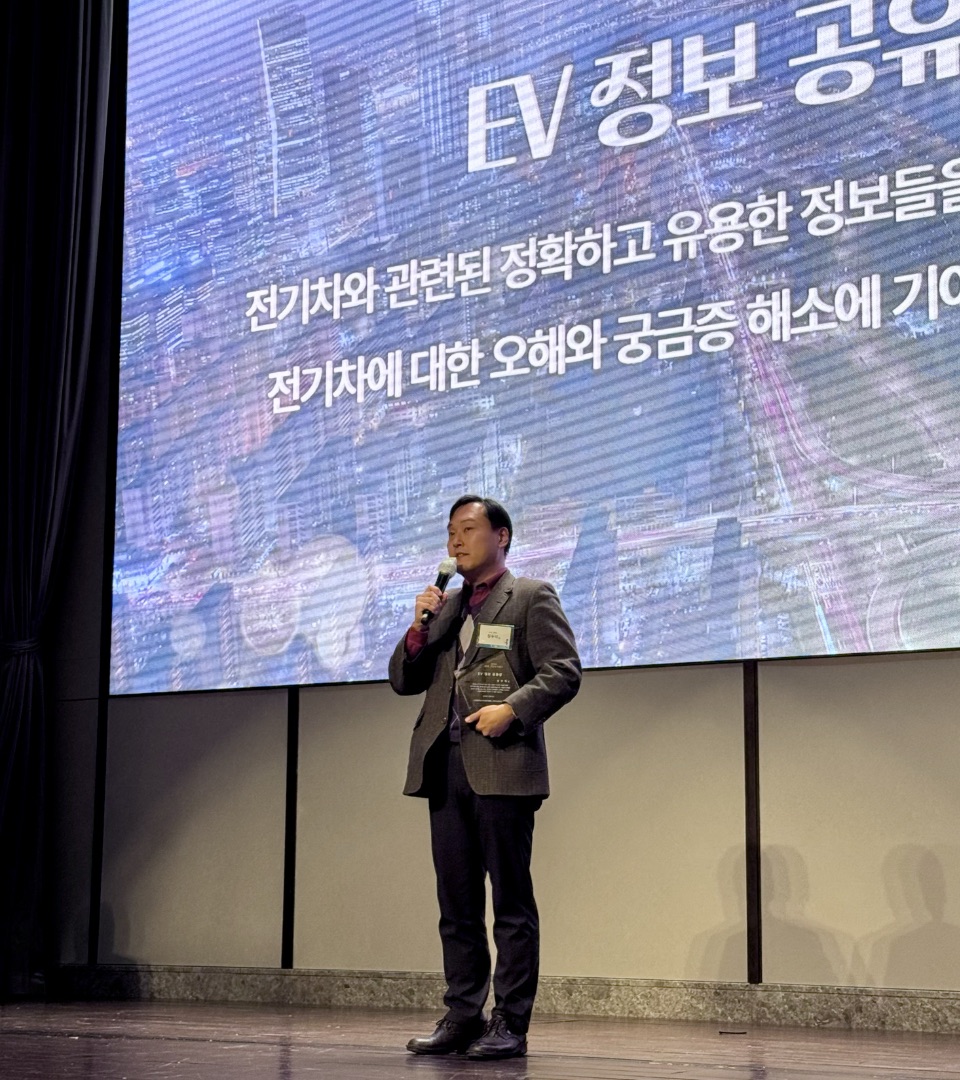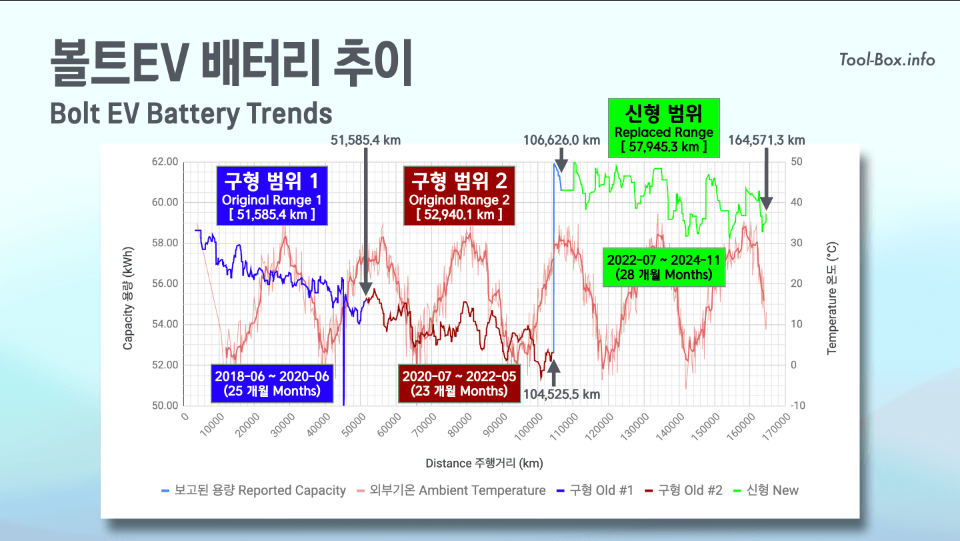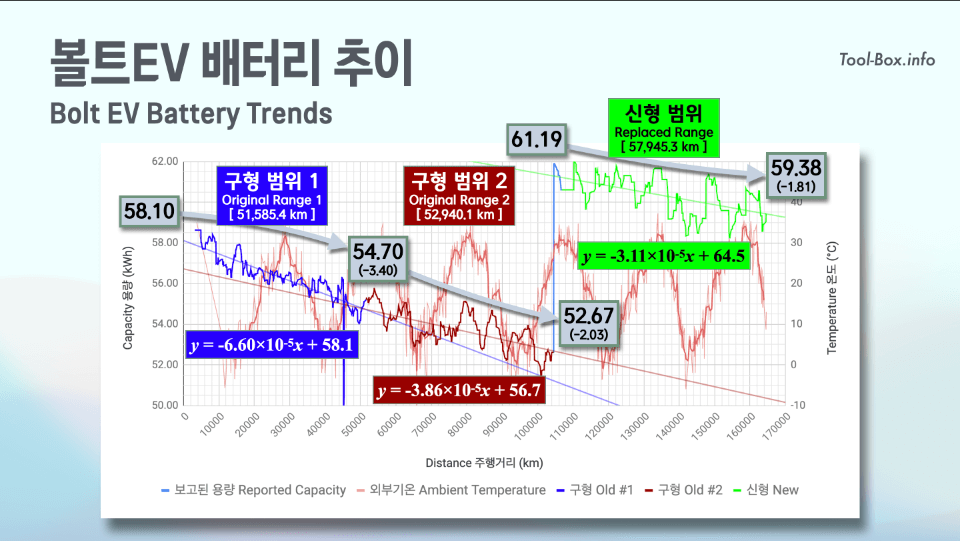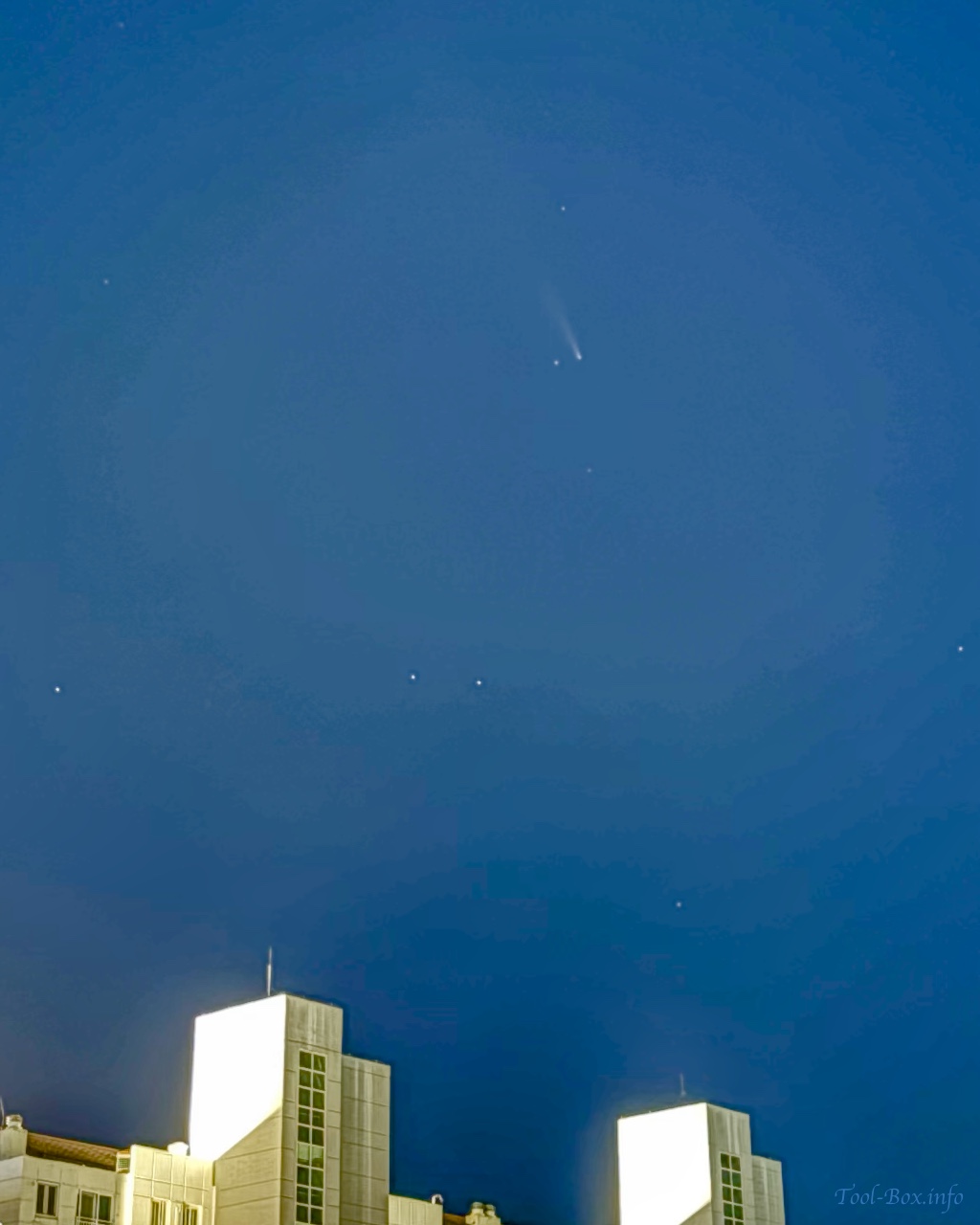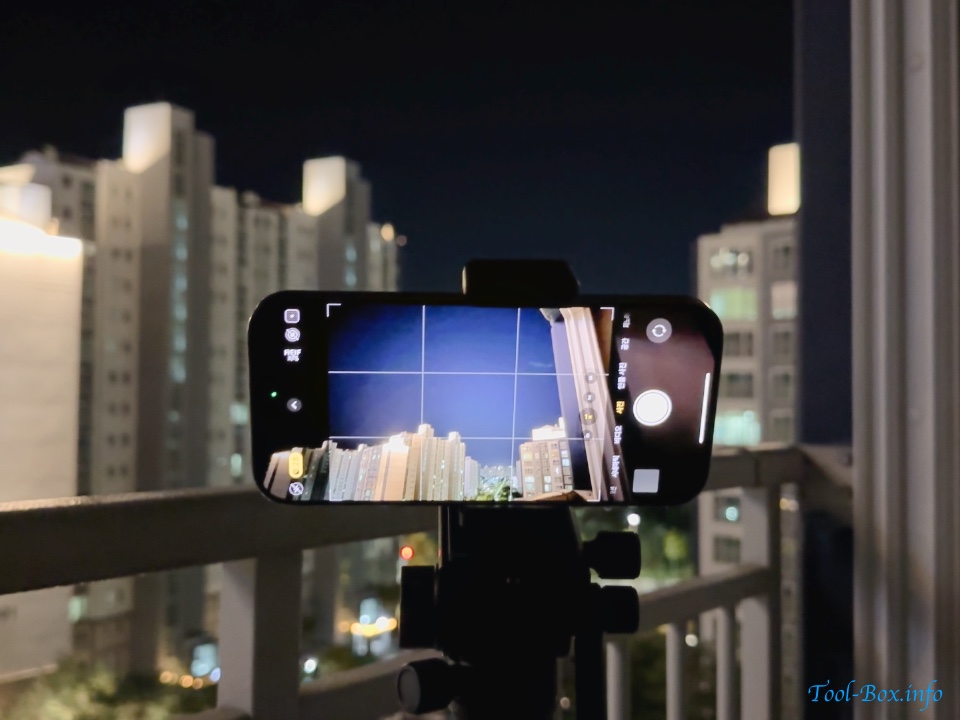Happy New Year - It's 2025!
Posted by Wesley on2024 has been a complicated year, especially towards the end. I hope the year 2025 will be able to resolve a lot of loose ends and make fresh starts. Here's a photo of the sunrise that I took from my home in Naju to calm you over. Happy new year, everyone!
If you want to see the sunrise as it happened in real-time, here's a video I uploaded.
Device: iPhone 16 Pro
Settings: 120 mm equiv. - ISO 40 - 1/3195s - f/2.8
Time: 2025-01-01 07:56 KST
Location: Naju, Korea

